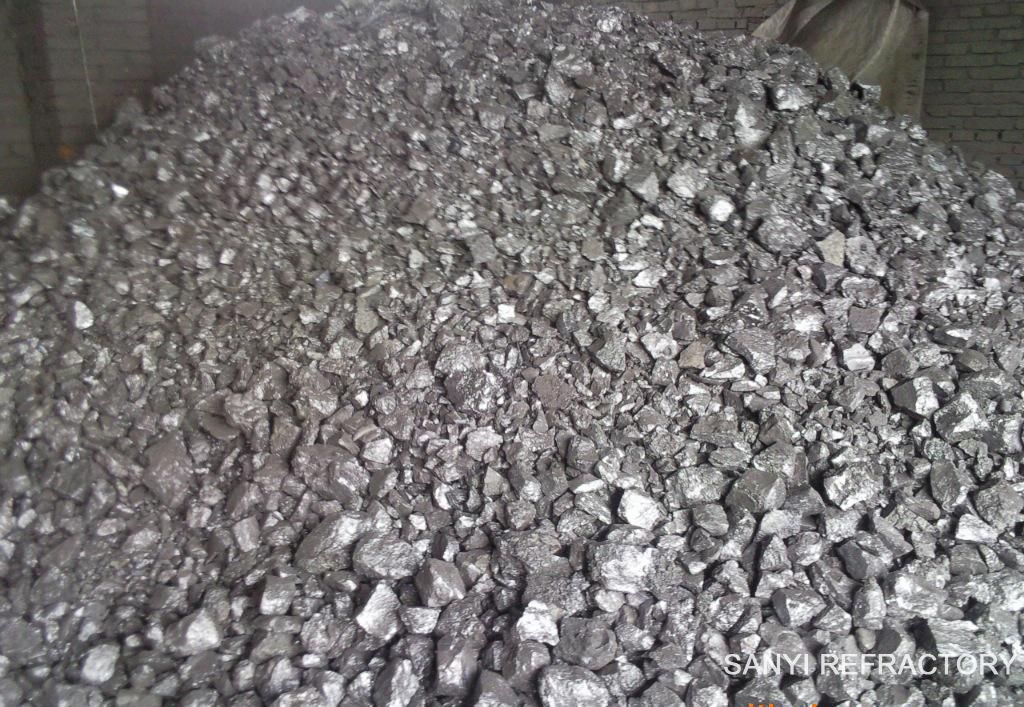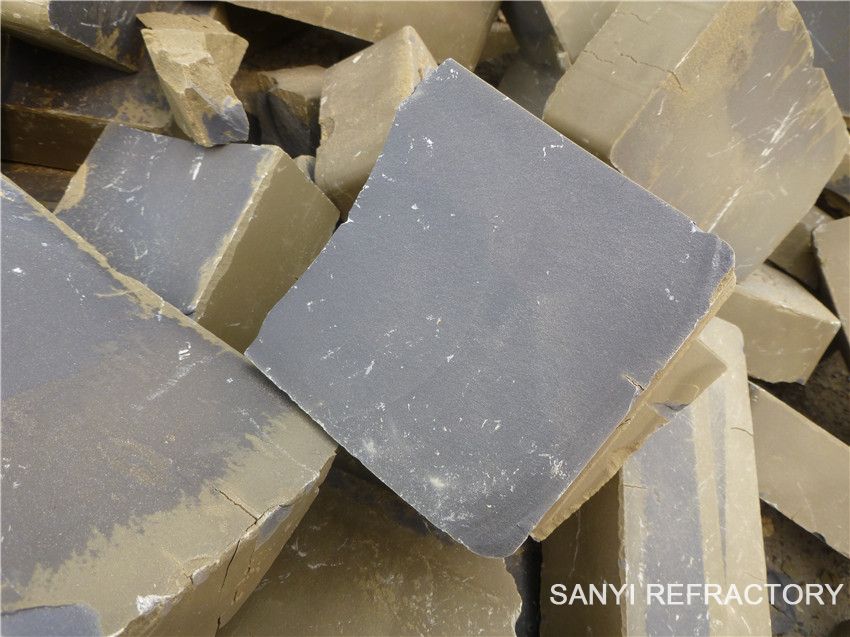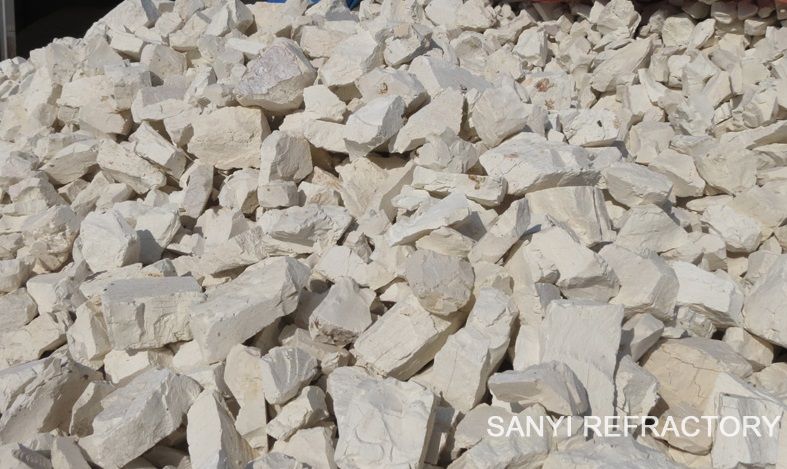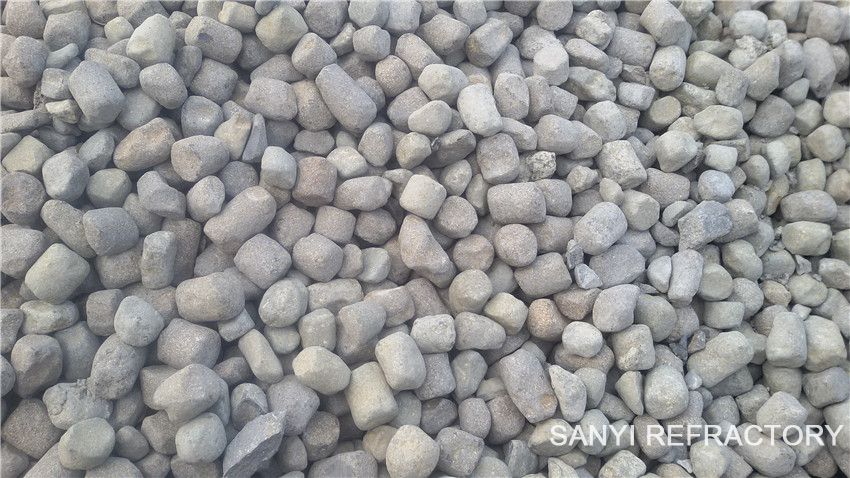- Refractory Raw Materials
Calcined Bauxite Ceramic Foundry Sand Corundum Flint Clay Fluorite Mulite Silica Fume Silicon Carbide Silicon Metal Alpha Alumina Powder Spinel Alumina Bubble Aluminum Powder Bentonite Boron Carbide Ceramic Sand Chromium Oxide Green Cordierite Explosion-proof Fiber Forsterite Fused Silica Graphite High Alumina Cement Kyanite Group Minerals Potassium Feldspar Powdery Instant Sodium Silicate Pure Calcium Aluminate Cement Spherical Asphalt White Clay Zirconite Lignin Synthesis of Ferro Silicon Nitride Homogenized Bauxite
- Refractory Products
- Monolithic Refractories
- Ceramic Fiber Products
- Metallurgical Auxiliary Material
- Industrial Kilns And Parts

NEWS




Application field of refractories
Time:Mon-05-18 hits:
Refractories are used in various fields of national economy, such as iron and steel, non-ferrous metal, glass, cement, ceramics, ceramics, petrochemical, machinery, boiler, light industry, power and military industry. It is an essential material to ensure the production operation and technological development of the above industry, and plays an irreplaceable role in the development of high temperature industrial production.
Since 2001, with the rapid development of high temperature industry, such as iron and steel, colored, petrochemical and building materials, the refractory industry has maintained a good growth trend, and has become a big country for the production and export of refractory materials in the world. In 2011, China's refractories accounted for about 65% of the world's total production and sales, ranking first among the world's refractory materials.
The production of fire-resistant raw materials and products increased steadily in 2001-2010 years, of which "fifteen" was about 2 times in 2001, and the production of fire-resistant products in 2010 reached 28 million 80 thousand and 600 tons, about 3 times that of the end of "fifteen". By the end of 2011, there were 1917 enterprises in China's refractory industry, with more than about 300000 employees, 337 billion 679 million yuan to achieve sales revenue and 47 billion 737 million yuan for product sales.
However, due to the low level of disordered mining and processing technology, low level of comprehensive utilization of resources and serious waste, the above mineral resources, especially high grade refractory raw material resources have become less and less, saving resources and comprehensive utilization of resources is a top priority.
Song Zhenyu believes that the refractory industry must guide the scientific mining of raw material mines, optimize the utilization of resources, especially the homogenized treatment of different grade mineral deposits, eliminate unauthorized mining and disorderly excavation, gradually promote the rational utilization of resources, make the limited resources play the most limited role and achieve sustainable development.
The development of refractories industry is closely related to the quantity of mineral resources in China. Bauxite, magnesite and graphite are the three major refractory materials. China is one of the three largest bauxite exporters in the world. Magnesite reserves the world's first, or a big exporter of graphite. Rich resources support the ten years of high speed development of refractory materials in China.
At the same time, China has a large number of refractory enterprises, and the scale of enterprises, technology, control technology and equipment level are uneven, and the advanced production methods coexist with the backward production methods. The overall clean production level of the industry is not high, and the task of energy saving and emission reduction is arduous.
With the "12th Five-Year" period, China will accelerate the elimination of backward and high-energy consumption capacity, the industry will focus on the development and promotion of new energy-saving furnaces, the development of comprehensive energy conservation technology, energy management, "three wastes" emission control and the "three wastes" recycling and utilization. We are committed to the reuse and reuse of refractory materials, reducing emissions of solid waste, improving the comprehensive utilization rate of resources, and comprehensively promoting energy conservation and emission reduction.
The development policy of refractory industry points out that the consumption of refractory materials for iron and steel industry in China is about 25 kg per ton of steel, and down to less than 15 kg in 2020. In 2020, the products of China's refractory materials, which are more longevity, more energy saving, non polluting and functional, have been greatly improved. The products meet the needs of national economic development, such as metallurgy, building materials, chemical industry and new industries, and improve the technical content of export products















